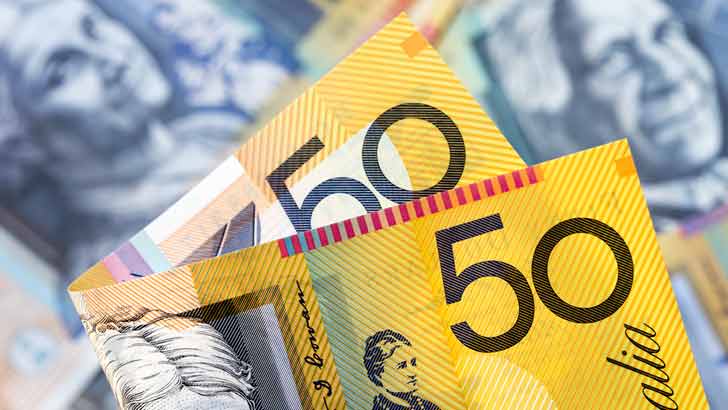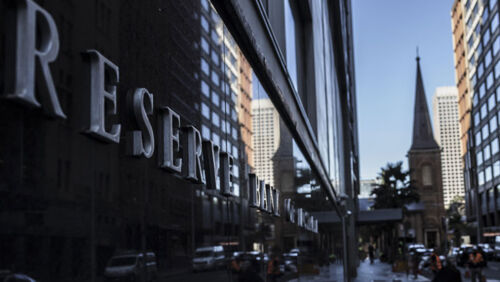The RBA has launched quantitative easing - here's what that means
By David Thornton
You've probably seen a lot of talk about the Reserve Bank of Australia (RBA) undertaking quantitative easing (QE) in response to coronavirus.
Unfortunately, the name does a poor job of explaining what it actually is.
First, a bit of context.
The RBA's mandate is to "contribute to the stability of the currency, full employment, and the economic prosperity and welfare of the Australian people". It exists to regulate the economy - cool it down when it overheats and stimulate it when it slows down.
It has a number of tools at its disposal to do this.
The most common is to lift or lower the cash rate - the interest rate for inter-bank loans. Banks then incorporate this rate into their personal and business lending operations. When the cash rate is lifted, banks pass this on trough their lending operations in the form of higher interest rates. Borrowing money becomes less attractive, spending goes down as a result, and the economy slows down. Inversely, if the rate is lowered, credit is cheap, so people borrow more and spend more.
However, manipulating the cash rate can only do so much.
Take the current situation. The economy needs to speed up, but the cash rate is already at historic lows.
Making matters worse, cuts have varying potency depending on the existing rate it's applied at. The closer the rate gets to zero - what's known in economics as the zero lower bound - the less effect it has. Sometimes, a rate cut at the lower end can even have the opposite effect, where markets view it as a sign of troubled times rather than an opportunity to borrow at a cheaper rate.
This brings us to the present crisis. The interest rate is now at a level the RBA deems as the effective lower bound of 0.25%. In its view, cutting the final quarter per cent won't have any kind of effect on the economy, and could even work in the counterproductive way described above.
And it's not alone. Central banks around the world are at or near zero. This is a problem, especially when you consider that the US Federal Reserve has historically combatted previous recessions by cutting about five per cent from its cash rate.
But central banks have other things they can do.
One of these is to control the supply of money. When the economy is struggling, the circulation of money around the economy slows down or freezes up almost entirely, as was the case during the 2008 GFC.
Think of money as the blood of the economy. If it's not moving freely between banks, individuals and businesses, the economy grinds to a halt.
Central banks can address this problem by essentially printing money which they then circulate through the economy. This is what's known as quantitative easing.
Of course, the central bank needs ways to put this new printed money into the economy. It can't just leave it on the street corner to be snatched up by a lucky passer-by.
Rather, it injects it into the economy by purchasing assets - usually government bonds or mortgage-backed securities.
This is what the RBA has just done, in a very big way. A $90 billion way.
QE has its own set of risks. Among other things, it can lead to asset bubbles, create morale hazard where governments are less incentivized to do their own fiscal stimulus, and promote too much inflation when it's removed.
But extraordinary times call for extraordinary measures. In the face of coronavirus, the risk of doing too little surely outweighs the risk of doing too much.
Get stories like this in our newsletters.



